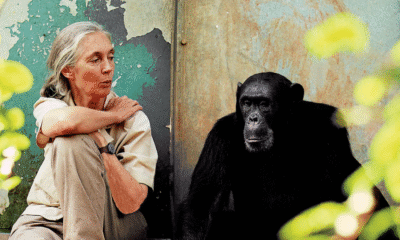Economy
India Inc resorted to salary cuts in Q1, will be drag on economic recovery: Report
India Inc resorted to salary cuts to protect their profits in the June quarter, as revenues came under pressure due to the second pandemic wave that affected nearly the entire country, a report said on Wednesday. The weak wage growth will prove to be a drag on the overall economic recovery in the medium term as it will affect household consumption, the report by India Ratings and Research said.
An environment of pandemic-led uncertainty and elevated inflation could impact the level of spending and hence the overall demand, it said. The analysis is based on a study of the standalone financials of 2,036 non-financial corporates. The entire sample set has been divided into eight buckets according to the size of the annual revenue in FY19. While the resilience of corporates is encouraging, the adverse effect of pressure on employee cost is a cause for concern. This could be a result of job loss or salary cut or both, it said.
Also read: NCLAT dismisses Devas Multimedia’s plea against its winding up
Half of the 2,036 companies have reported negative growth in labour costs in Q1FY22 compared to the preceding Q4FY21, it said. While there is some seasonality in employee costs, it is also true that the June quarter is always a better quarter than the March quarter owing to the disbursement of various performance-based payments linked to the previous fiscal, it added. The more alarming fact is that the trend has been on a downward trend for the last few years, which is visible in the yearly wage growth data in the last three years, it said.
Resuscitating wages will be critical for a revival of the overall economy and Capex cycle, which has been languishing even before the COVID-19 outbreak, it said. The wage channel is more critical at a time when the countercyclical spending by the government has been designed to revive the production side rather than direct transfer to induce consumption demand, it said. The analysis suggests that the number of companies posted losses in Q1FY22 (523) has been lower than in Q1FY21 (986), adding that this is largely due to limited restrictions on business activities in the second wave and corporates’ ability to learn and implement various measures to combat this kind of situation.
In a sign of pressure on smaller entities, the agency’s analysis said a bulk of the losses were confined to entities in the bottom two of the six buckets, and there were very few entities in the top three buckets reporting losses. Nonetheless, the overall corporate performance has been reasonably encouraging and could continue to be so with some moderation in margin and cash flows, it said. Meanwhile, the agency maintained its overall negative outlook on the microfinance sector for the second half of the fiscal. It has maintained a stable outlook on the large and strong sponsor MFIs, small to mid-non-bank MFIs continue to be on a negative outlook. Credit costs will range between 5-10 per cent for the sector depending on their size and scale, access to liquidity and geographic concentration, it said.











































Pingback: IRCTC to launch cruise liner tours from Sep 18. Bookings open